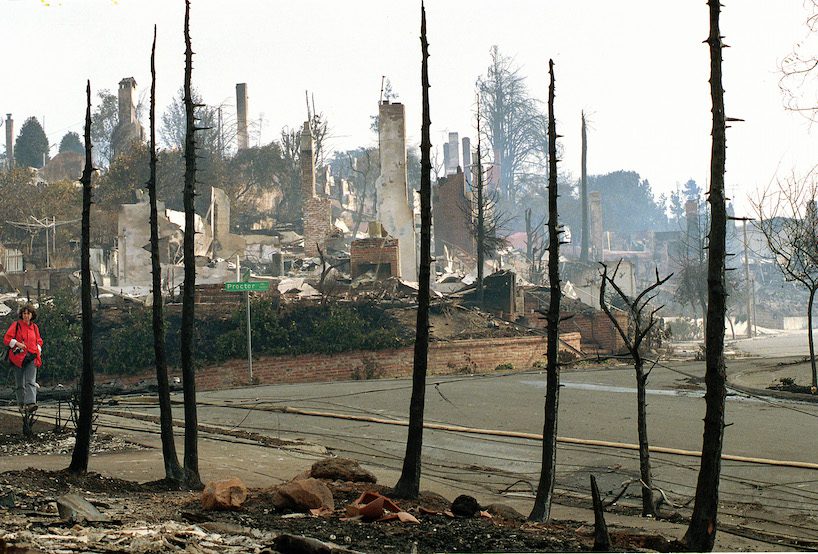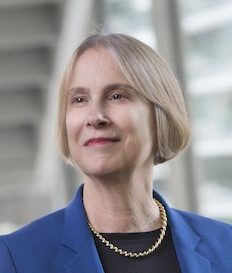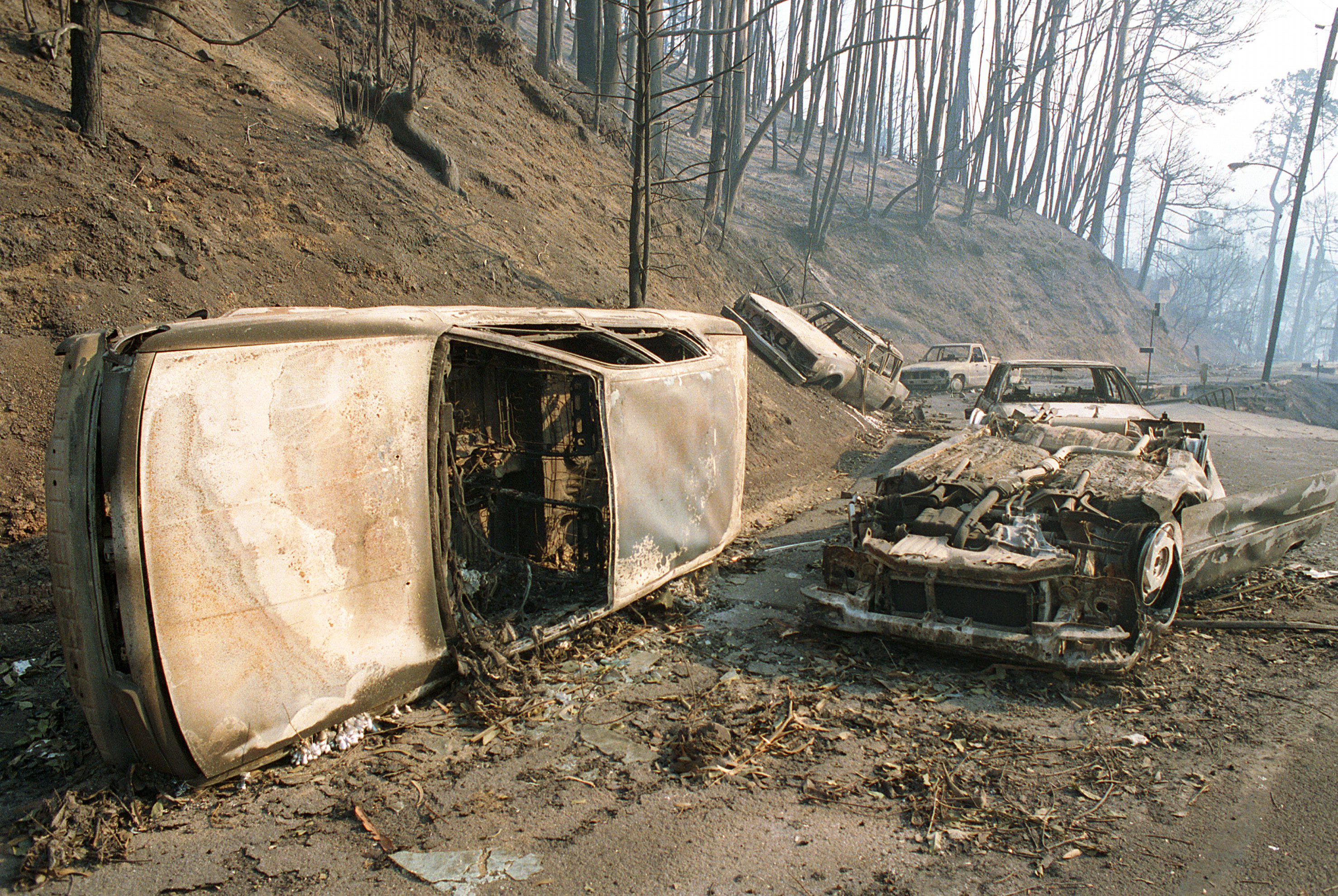This month marks the 30th anniversary of the start of the Oakland Hills firestorm, which occurred on the hillsides of northern Oakland and southeastern Berkeley, California, over the weekend of October 19–20, 1991.

Thirty years ago, Professor Nancy Wallace and her husband scrambled into their car with their family cat and a few belongings and fled for their lives as the Oakland Hills Firestorm roared through their neighborhood. The heat from the fire, fueled by dry pine needles and the Diablo winds, was so intense that within an hour almost 800 buildings were in flames.

“By the time we drove out, we were already encircled by fire and couldn’t go down the hill, but there were zero police or fire trucks on the scene. At the top of our street, I wanted to go right and my husband wanted to go left, and unfortunately I won,” said Wallace, who was at the time a new assistant professor with a six-year-old son, who luckily had stayed over at a friend’s house. “That’s when a car came speeding out and said if you go one inch farther, you’re going to die. Tom had to turn around on the rooftop garage of a house engulfed in flames…There were people ahead of us on motorcycles who were on fire. That’s not something you ever want to see.”
They made it out, but 25 people died, about 150 were injured, and about 2,900 homes were burned in California’s third deadliest wildfire. Wallace, who went on to become one of the country’s foremost experts on mortgage markets, has been haunted by it ever since. “We were told this was a hundred-year event, but my street had burned three times before,” she said. “Lots of places in California have burnt multiple times. And yet we build back.”
As wildfires bordering developed areas in the Western U.S., Australia, and around the world grow increasingly frequent and intense, Wallace has been crisscrossing the country and globe, presenting to government, business, and academic groups about the massive financial risk fires pose to the housing, real estate, and insurance markets—and to investors and homeowners. She has developed a new framework to quantify and evaluate the risk not only of wildfires, but also floods and other extreme weather events.
“The markets aren’t priced for climate change, and the situation is dire,” said Wallace, the Lisle and Roslyn Payne Chair in Real Estate and Capital Markets, chair of the Berkeley Haas Real Estate Group, and co-chair of the Fisher Center for Real Estate and Urban Economics. “Given my experience, I had an incentive to figure that out. I just didn’t have the data.”
“The markets aren’t priced for climate change, and the situation is dire.” – Prof. Nancy Wallace
Her recent working paper, co-authored by Prof. Richard Stanton; Paulo Isser, PhD 13, MBA 98, director of the Haas Real Estate & Financial Markets Lab; and Carles Vergara-Alert, MFE 04, PhD 08, now of Spain’s IESE Business School, is based on a massive data crunching effort.
It combines digitized maps on wildfire boundaries, geospatial measures of wind speed, direction and temperatures and humidity; topographical features such as slope and elevation; and vegetative coverage for 1.5 kilometer-square-grids covering all California wildfires from 2000 to 2018. The researchers combined that with data on housing prices, mortgage defaults, household demographics and wealth, and other market indicators.
“This allows us to quantify the risks of loss and the vulnerabilities in the fire insurance and mortgage capital markets, given changing weather patterns,” Wallace said.

Fire insurance rates in California have been skyrocketing, and many companies are refusing to write new policies on homes in particularly risky areas, such as canyons. Meanwhile, hundreds of thousands of homeowners have been dropped by their insurance companies. Based on Wallace’s analysis, about 1 million California homes are in high or very high-risk areas, with another 2 million to 4.5 million in vulnerable wildland-urban interface zones.
“Without a better pricing model, all the insurance companies can do is cancel the policies,” Wallace says.
Even so, Wallace and her co-workers found that the incentives in the current system are to rebuild: Wildfires have acted as a sort of gentrifying force, with people building back larger and more expensive homes. Homes in fire zones increased in size and value five years after a wildfire, the researchers found.
Now, Wallace is on a campaign to reform the hazard insurance pricing market, advocating for a switch from deterministic pricing—based on maps of past incidents—to more sophisticated probabilistic pricing, based on the probabilities that fires will occur in hazard zones. She believes the technology she and her collaborators have developed can be applied to estimate climate-change risk on housing and mortgage markets elsewhere.
“We just can’t pretend it’s not real,” she said. “We have no choice but to face it.”